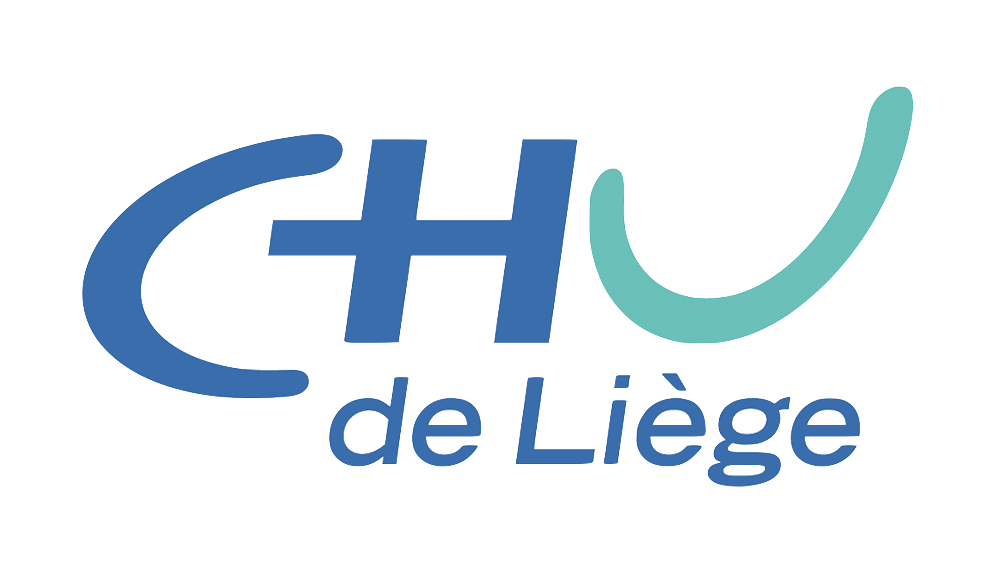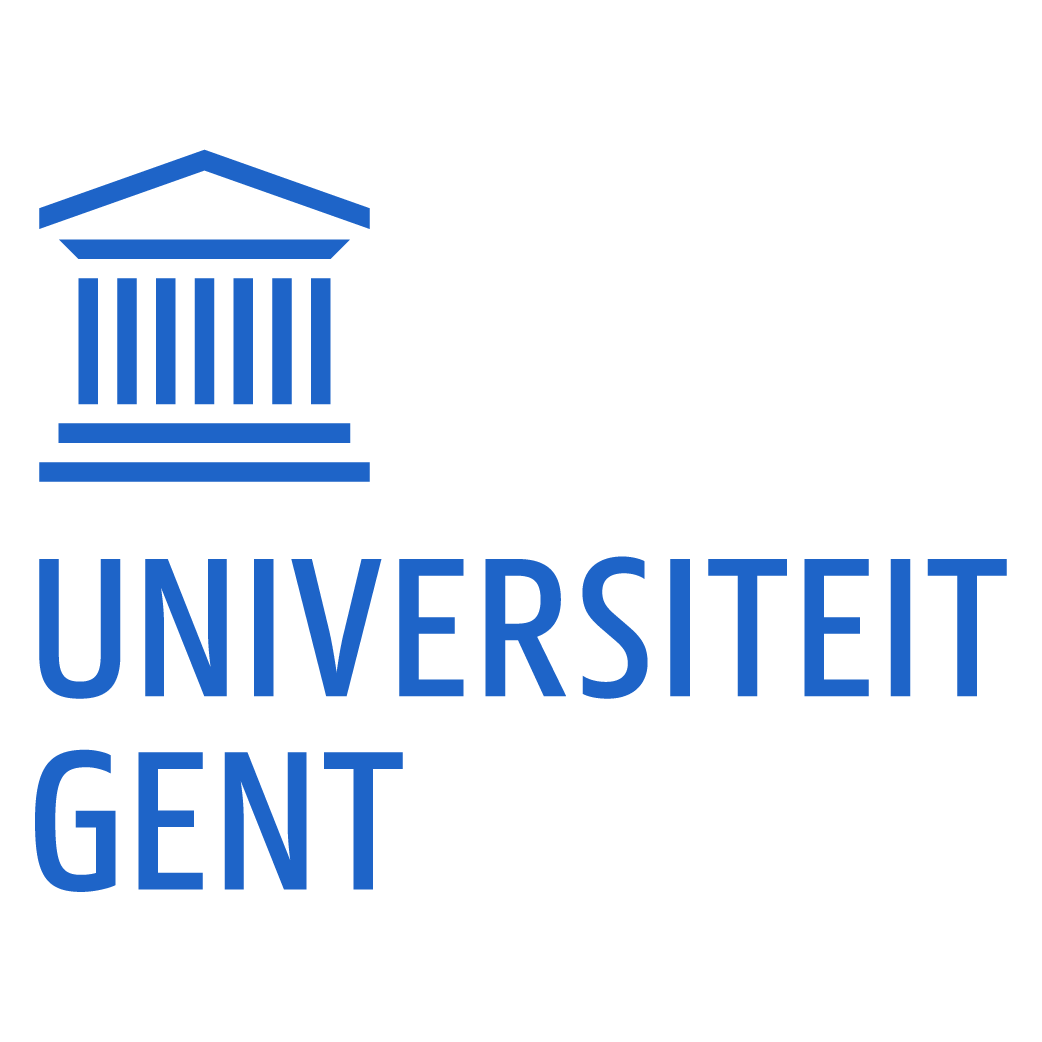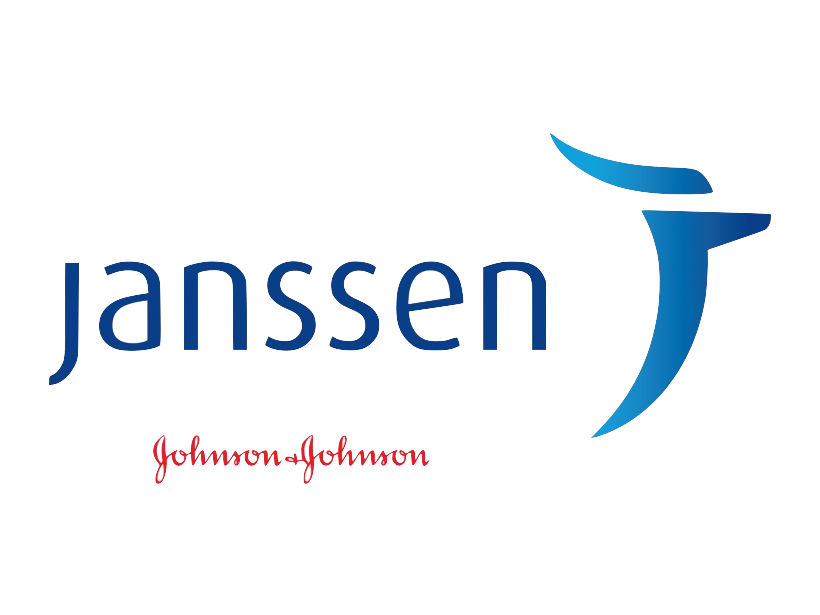Multiple myeloma - WP2
Work package 2
Use case: multiple myeloma
What is multiple myeloma?
Multiple myeloma is a type of blood cancer where the plasma cells in the bone marrow become cancerous. The initially asymptomatic, non-cancerous monoclonal gammopathy, during which the white blood cells produce abnormal immunoglobin antibodies, converts a higher risk of progression to multiple myeloma. The main risk factor for developing multiple myeloma is age. Other minor considerations include obesity, family history and exposure to certain chemicals. The probability of premalignant monoclonal gammopathy to evolve in multiple myeloma is about 1-2% per year (Kazandjian 2016).
Why do we study multiple myeloma in project ATHENA?
Premalignant monoclonal gammopathy occurs in about 3% of the population over 70 years old (Kyle et al., 2009). Although the criteria for treatment are clear, they generally do not take the continuous progression of the disease as well as the individual risk of the patient into account. Currently, different treatment options are available and often combined to delay relapse. However, due to genomic instability, mutations develop easily and often cause resistance to used drugs. After undergoing multiple rounds of alternating treatment regimens, in the end, this leads to a more aggressive disease phenotype.
The genomic instability renders this disease extremely complex. The molecular basis and the detectability of this instability at the first point of diagnosis are not clear yet. Furthermore, biomarkers or indications that guide the choice of treatment are generally lacking. Using a combination of clinical and omics data, it would be possible to better characterize the genomic instability at an early stage. This will likely reveal relevant information on the effectivity of treatment, leading to better initial stratification of patients (Bolli et al., 2014; Lohr et al., 2014; Walker et al., 2015).
Project ATHENA aims to set up a multicenter platform to integrate relevant data from patients with myeloma. Data will be collected preserving the patients’ privacy. Through state-of-the-art machine learning processes, our researchers will be able to link disease outcome and treatment response to certain biomarkers, which can then be used to improve early diagnosis and personalized treatment strategies.
Which concrete steps does this work package entail?
In this work package, UGent, KU Leuven and Janssen will set up a generic and standardized data collection system, based on patient records form all participating hospitals. Clinical and laboratory data, including bone marrow aspirate, blood/urine and radiological assessment, will be collected from patients at different points during diagnosis, disease progression and treatment, and will be analyzed using different state-of-the-art techniques, such as genetic and immunological assays. This can provide us with possible biomarkers that indicate treatment suitability and disease outcome.
What are our goals?
The dataset generated during this work package and the analyses performed, will allow us to:
- Personalize the risk assessment of the individual patient by characterizing the genomic instability at diagnosis;
- Adapt current guidelines and protocols in the treatment of multiple myeloma, based on the individual patient’s risk assessment, leading to improved prognosis and patient survival rates;
- Study the disease in greater detail, allowing researchers to identify novel targets for therapy;
- Use the strategy found optimal for multiple myeloma as a lead in developing similar networks and platforms for other diseases.
References
Kazandjian D. 2016. Multiple myeloma epidemiology and survival: A unique malignancy. Semin Oncol. 43(6):676-681.
Kyle R. A., Benson J., Larson D., et al. 2009. IgM monoclonal gammopathy of undetermined significance and smoldering Waldenström's macroglobulinemia. Clin Lymphoma Myeloma 9: 17-8.
Bolli N., Avet-Loiseau H., Wedge D., et al. 2014. Heterogeneity of genomic evolution and mutational profiles in multiple myeloma. Nat Commun 5: 2997.
Lohr J. G., Stojanov P., Carter S. L., et al. 2014. Widespread genetic heterogeneity in multiple myeloma: implications for targeted therapy. Cancer Cell 25: 91–101.
Walker B. A., Boyle E. M., Wardell C. P., et al. 2015. Mutational spectrum, copy number changes, and outcome: results of a sequencing study of patients with newly diagnosed myeloma. J Clin Oncol 33: 3911–20.
Active partners
EM-103424 | DATE OF PREPARATION: JUNE 2022




